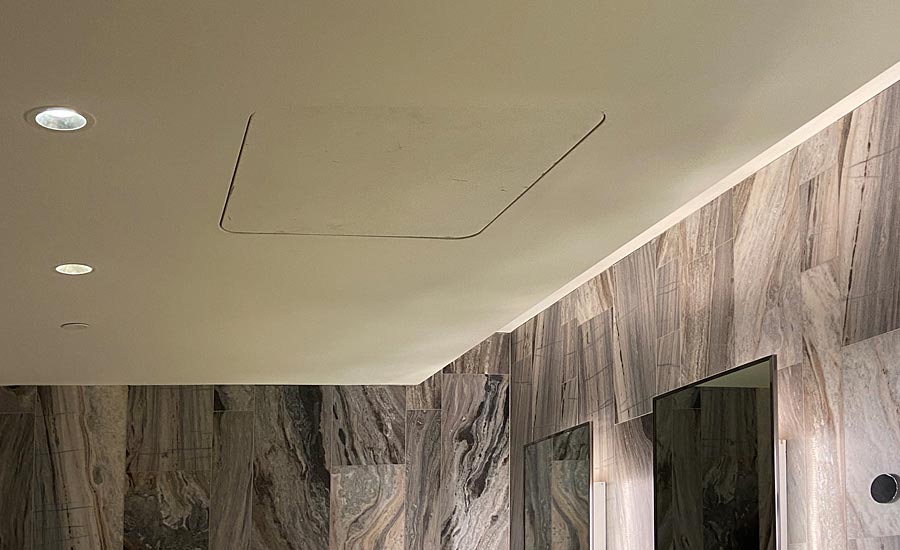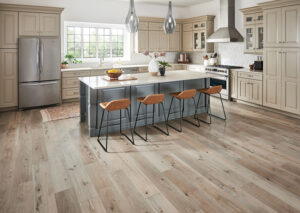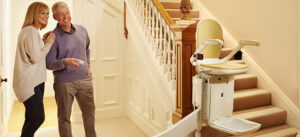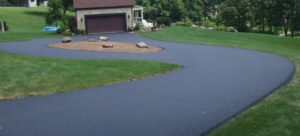
The Hidden Charm of Functional Design
When it comes to modern interior design, the focus has shifted towards not only creating spaces that are visually appealing but also fully functional and efficient. This dual requirement has led designers to innovate in ways that seamlessly blend utility with aesthetics. One such innovation that has seen a significant transformation is the incorporation of access panels into interior designs. These elements, traditionally overlooked as purely utilitarian, are now being celebrated for their potential to add both form and function to a space.
The integration of an access panel into modern design is more than just a nod to practicality; it’s a thoughtful consideration of how every component in a room can contribute to the overall aesthetic. Gone are the days when access panels were hidden away or begrudgingly accepted as a necessary blight on the landscape of a well-designed room. Today, designers are finding innovative ways to make these panels complement or even enhance the design narrative of the interiors they grace.
Designing with Intention: Access Panels Reimagined
As we delve deeper into the subject, it’s clear that the reimagining of access panels in interior design is not just about making them less noticeable. Instead, it’s about creating a harmonious balance between necessity and style. Designers are now treating these panels as opportunities to inject creativity, using materials, finishes, and techniques that align with or accentuate the room’s decor. Whether it’s a sleek, flush-mounted panel that blends indistinguishably with a wall or a boldly accented piece that serves as a statement feature, the possibilities are endless.
This creative reimagining extends to various settings, from residential to commercial spaces. In homes, access panels can be crafted to match the surrounding surface, be it wood, tile, or plaster, making them virtually invisible or turning them into decorative features. In commercial settings, designers leverage these panels to maintain a space’s clean lines and minimalist aesthetics, ensuring that access to essential utilities does not disrupt the visual flow of the environment.
Material Matters: Elevating the Everyday
The choice of materials plays a pivotal role in the aesthetic integration of access panels into interior design. By selecting materials that either complement or contrast with the existing decor, designers can elevate these functional elements to artistic features. Innovations in materials and manufacturing processes have expanded the range of options available, from metal and wood to glass and composite materials, each offering unique textures, colours, and finishes to suit any design scheme.
The adaptability of modern access panels means they can be customised to meet specific design requirements, whether that’s a particular size, shape, or finish. This customisability ensures that every detail of the interior design is coherent and intentional, with access panels contributing to the space’s overall aesthetic rather than detracting from it.

Beyond Aesthetics: The Functional Elegance of Access Panels
The integration of access panels into modern interior designs goes beyond mere aesthetics; it represents a thoughtful consideration of space functionality and efficiency. These panels provide essential access to electrical, plumbing, and HVAC systems, making maintenance and inspections simpler and less intrusive. By designing with these practicalities in mind, interior designers ensure that beauty does not come at the expense of accessibility or the long-term upkeep of the space.
The evolution of access panel designs reflects a broader trend in interior design towards solutions that are both beautiful and practical. This approach ensures that every element within a space, no matter how seemingly mundane, is given consideration and purpose, contributing to a cohesive and harmonious design.
In crafting interiors that embrace both form and function, designers are redefining what it means to be aesthetically pleasing. Access panels, once an afterthought, are now integral to this vision, offering a blend of practicality and style that enhances the modern interior landscape. Through innovative design and thoughtful material selection, these functional fixtures are being transformed into elements of beauty, proving that even the most utilitarian features can have a significant impact on a space’s overall aesthetic.





